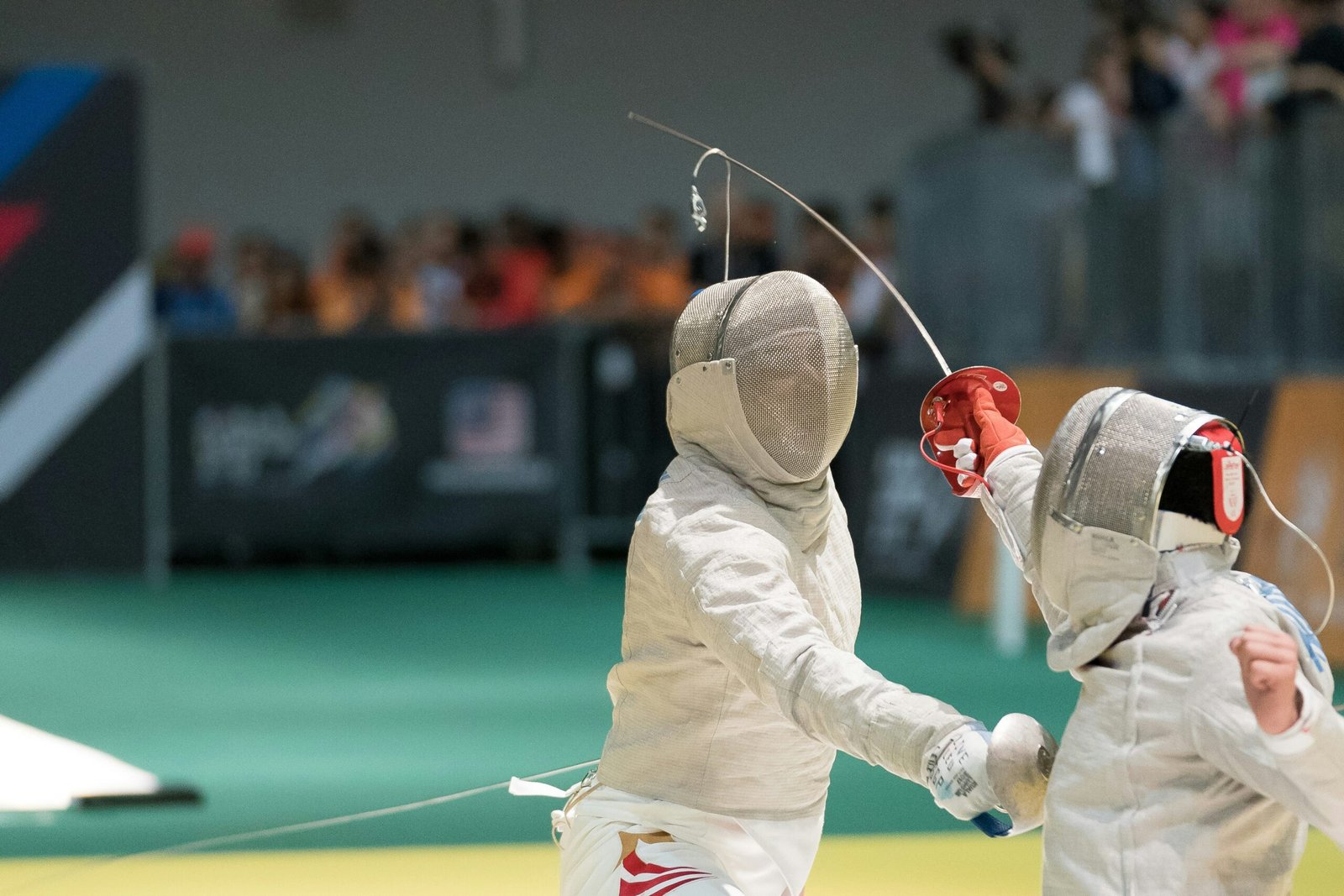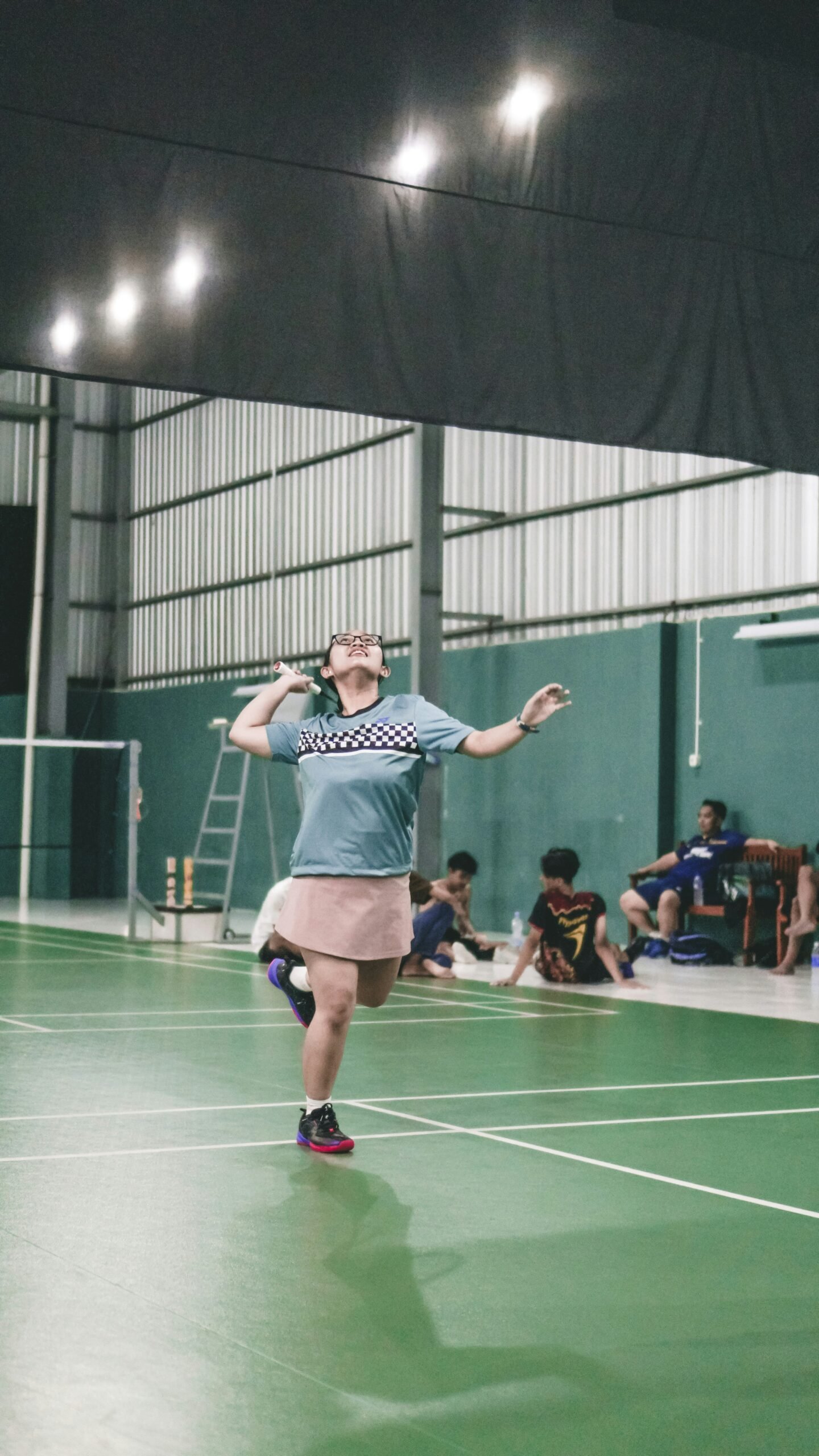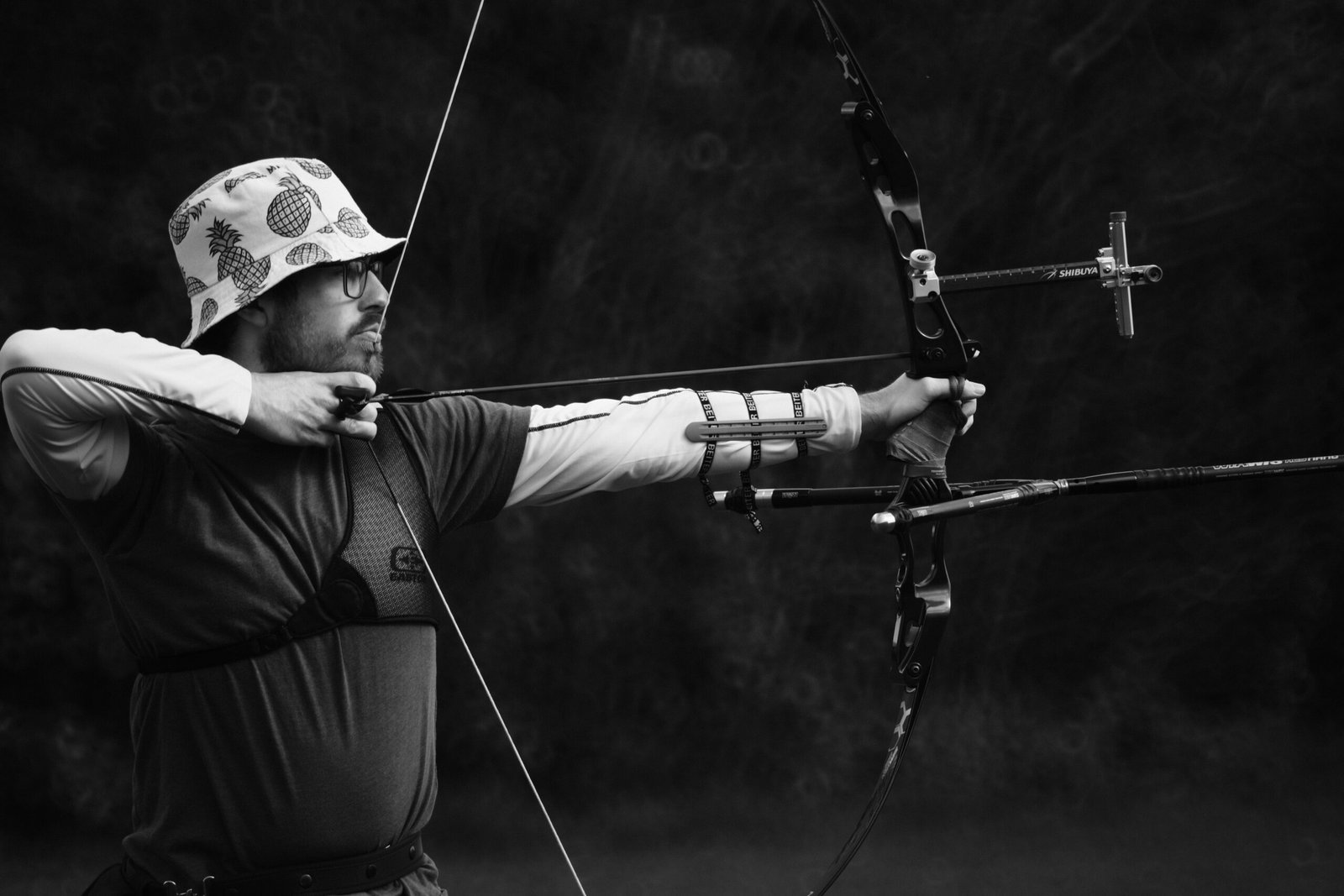Understanding the Importance of Vertical Jump in Basketball
The vertical jump is a fundamental skill that significantly influences a basketball player’s performance on the court. A higher vertical leap can enhance both offensive and defensive abilities, making it a crucial aspect of the game. Players with exceptional jumping ability can effectively execute slam dunks, which not only scores points but can also energize the team and crowd, creating momentum during critical moments in the game. Moreover, offensive players who can jump higher are better positioned to finish plays near the rim, adding versatility to their scoring options.
Defensively, a strong vertical jump allows players to block shots and contest attempts more effectively. This skill becomes particularly important as it can alter the opponent’s offensive rhythm and discourage easy baskets. The ability to rise above opponents gives players an edge in situations such as rebounding, where a higher vertical leap increases the likelihood of securing possession of the ball. This aspect is particularly vital as second-chance opportunities can change the dynamics of a match significantly.
The Science Behind Vertical Jump Mechanics
The mechanics of a vertical jump are intricate and involve a series of coordinated movements reliant on various muscle groups. Key contributors to achieving optimal vertical lift include the quadriceps, hamstrings, glutes, and calves. Together, these muscle groups function harmoniously to propel the body upwards, allowing an athlete to reach greater heights during a jump.
The quadriceps are primarily responsible for extending the knee, providing essential force during the take-off phase. The hamstrings, on the other hand, contribute by flexing the knee and extending the hips, thereby providing counteractive support essential for effective propulsion. The gluteal muscles play a pivotal role as well, as they are crucial for hip extension and overall power generation during the jump. Finally, the calves assist in controlling the ankle, which is vital for stabilizing the body before and during the jump.
In addition to muscle engagement, proper technique significantly influences vertical jump performance. The utilization of arms for momentum can enhance lift; by swinging the arms upwards as the athlete jumps, additional force is generated, propelling the body higher. This motion, when executed correctly, can optimize the kinetic energy used to achieve vertical elevation. Furthermore, maintaining proper posture—specifically a slight forward lean while jumping—ensures that the athlete’s center of gravity aligns favorably, lending to an effective upward thrust.
Overall, understanding the biomechanical principles behind vertical jumping mechanics allows athletes to focus on both strength training and technique refinement. By doing so, it is possible to maximize one’s vertical leap, contributing to better performance on the basketball court. Integrating strength exercises specific to these muscle groups, along with practicing proper jumping techniques, can yield significant improvements in vertical capabilities.
Assessing Your Current Vertical Jump
To improve your vertical jump for basketball, the first step is to accurately assess your current jumping capacity. Understanding where you stand will help you create a targeted training regimen to achieve desired results. There are several effective methods to measure your vertical jump accurately, each with its own benefits.
One commonly used method is the jump mat, which utilizes advanced technology to measure the height of your jump. It operates by sensing the time you spend in the air, converting that time into vertical height. This technique is often employed in sports settings due to its accuracy and reliability, making it ideal for athletes looking to track their progress over time.
Another reliable method involves using a vernier caliper, which provides a precise measurement of jumping height. This technique requires two people: one to assist the jumper and another to measure the jump height using the caliper. A minimum of three jumps should be performed to obtain an average measurement, ensuring accuracy and consistency in results.
Wall touches can also serve as a straightforward assessment method. To execute this, stand against a wall and reach up to mark your standing reach. Then, perform a vertical jump and touch the wall as high as possible. The difference between your standing reach and your jump mark will give you an indication of your vertical leap.
Once you have measured your vertical jump using these techniques, it is crucial to track your progress over time. Documenting your jumping results allows you to identify patterns, set benchmarks, and make necessary adjustments to your training program. Regular evaluations of your progress help ensure that you are on track to reach your vertical jump goals. By consistently measuring and recording your performance, you will be better equipped to enhance your athletic capabilities effectively.
Strength Training Exercises to Boost Vertical Jump
Improving your vertical jump is not solely reliant on technique; it fundamentally requires a strong foundation in strength training exercises. By targeting the leg and core muscles, athletes can significantly enhance their jumping ability. Below, we detail key strength exercises that are particularly effective for this purpose.
Squats are a cornerstone of vertical jump training, as they engage multiple muscle groups, including the quadriceps, hamstrings, and glutes. To perform a squat, stand with feet shoulder-width apart, lower your body by bending your knees, and maintain an erect back until your thighs are parallel to the ground. Ensure that your knees do not extend beyond your toes. Aim for 3 sets of 8-12 repetitions, gradually increasing weight as you become stronger.
Deadlifts are another essential exercise that focuses on the posterior chain, which is vital for explosive jumping. Begin by standing with your feet hip-width apart, grasp a barbell or dumbbells, and lift the weight while keeping your back straight, engaging your core and glutes. Deadlifts improve overall strength and stability, providing the necessary power required for a stronger vertical leap. Similar to squats, consider performing 3 sets of 8-10 repetitions.
Lunges provide a functional movement pattern that mimics the actions involved in jumping. Forward lunges, reverse lunges, and lateral lunges can all contribute to improved leg strength and balance. Engage your core as you perform the lunges, ensuring that your knee aligns with your ankle during the movement. Aim for 3 sets of 10 repetitions on each leg.
Plyometric exercises, such as box jumps and jump squats, focus on explosiveness and reactive strength. These exercises improve fast-twitch muscle fiber recruitment, which is critical for achieving higher verticals. Start with 3 sets of 5-10 repetitions, allowing adequate rest between sets to maintain performance quality.
Incorporating these strength training exercises into your routine can lead to measurable improvements in vertical jump capacity, ultimately enhancing your overall basketball performance. Prioritize proper form and progression to maximize the benefits and minimize the risk of injury.
Plyometric Training Techniques for Explosive Power
Plyometric training has gained prominence among athletes, particularly basketball players, seeking to improve their vertical jump. This type of training focuses on explosive movements that enhance both strength and agility, thereby directly contributing to a more powerful jump. Incorporating a variety of plyometric exercises into a training regime can yield significant benefits.
One effective exercise is the box jump. This involves jumping onto a raised platform, which not only builds explosive power but also enhances coordination and landing mechanics. To perform this exercise, start by standing in front of a sturdy box. With a slight bend in the knees, jump explosively onto the box, ensuring a soft landing. Gradually increase the height of the box as strength and confidence improve. Regularly practicing box jumps can lead to substantial improvements in vertical jump height.
Another highly beneficial plyometric technique is the depth jump. This exercise begins with the individual standing on a raised surface and jumping off, followed by an immediate jump upon landing. The idea is to utilize the stretch reflex of the muscles to generate a powerful upward motion. The depth jump not only enhances explosive strength but also develops muscular endurance, making it an essential component of any vertical jump training program.
Additionally, the jump squat is a versatile exercise that can be performed with body weight or added weights. By performing a squat and then jumping explosively upward, athletes can train both the upper and lower body effectively. This exercise helps in developing the fast-twitch muscle fibers necessary for explosive power, essential for maximizing vertical leap.
Incorporating these plyometric exercises into a training routine requires careful planning to avoid overtraining. It is essential to maintain proper form and progressively increase the intensity and volume of exercises to achieve optimal results while minimizing injury risk.
Flexibility and Mobility: Key Factors in Jumping Higher
When it comes to enhancing vertical jumping capabilities for basketball, flexibility and mobility are often underestimated components. A well-developed flexibility regimen can significantly amplify a player’s ability to jump higher by allowing for a greater range of motion in the joints and muscles involved in the jump. Specifically, flexibility in key areas such as the hips, ankles, and lower back can lead to improved performance and reduced risk of injury. Engaging in regular stretching routines targeting these regions is essential for any athlete looking to elevate their game.
Dynamic stretches and mobility drills are particularly beneficial as part of a warm-up routine. These exercises, which can include leg swings, hip circles, and ankle mobility exercises, promote functional movement patterns that are crucial for athletic performance. By incorporating these stretches before training sessions and games, players can improve their overall mobility, enabling them to execute explosive jumps with more efficiency. Furthermore, flexibility work should not be limited to pre-workout sessions; it is equally important to engage in static stretching as part of a cooldown routine to maintain muscle elasticity and facilitate recovery.
In addition to enhancing performance, prioritizing flexibility and mobility can aid in injury prevention. Tight muscles and restricted joint movement can predispose athletes to strains, sprains, and other injuries that could sideline them for extended periods. To minimize this risk, players should adopt a consistent routine that includes a variety of stretches and mobility-focused exercises. This proactive approach, coupled with proper warm-ups and cooldowns, can foster a longer athletic career and ensure players maintain peak performance levels throughout the season.
Nutrition Tips to Enhance Performance
Nutrition plays a crucial role in athletic performance, particularly in sports that require explosive movements, such as basketball. To optimize your vertical jump, focusing on a well-balanced diet rich in key nutrients is essential. Incorporating an adequate amount of proteins, carbohydrates, and healthy fats is vital for fueling your workouts and promoting recovery.
Proteins are fundamental for muscle repair and growth, making them a priority in enhancing your vertical jump. Lean sources such as chicken, fish, turkey, legumes, and low-fat dairy products provide the necessary amino acids to support muscle recovery after rigorous training sessions. It’s advisable to aim for protein intake shortly after workouts to maximize muscle synthesis.
Carbohydrates serve as the primary source of energy for physical activities. They are particularly important for athletes who engage in high-intensity workouts, as they help replenish glycogen stores depleted during exercise. Whole grains, fruits, and vegetables are excellent sources of complex carbohydrates that provide sustained energy. Ideally, consuming a carbohydrate-rich meal or snack before training can enhance performance, allowing for more intensive practice sessions.
In addition to proteins and carbohydrates, maintaining adequate hydration is indispensable for optimal athletic performance. Dehydration can significantly impair strength and endurance, leading to decreased jump height and overall performance. Athletes should aim to drink water consistently throughout the day and monitor fluid loss during training sessions. It is crucial to hydrate before, during, and after workouts to ensure that the body’s fluid balance is properly maintained.
Nutritional strategies tailored to support athletic performance can significantly enhance your vertical jump and overall efficiency on the court. By prioritizing a balanced diet and hydration, athletes can maximize their training outcomes and achieve their performance goals.
Mental Preparation and Focus Techniques
Improving your vertical jump is not solely a physical endeavor; it also heavily relies on mental preparation and focus techniques. Athletes often underestimate the psychological components that contribute to their performance. One essential aspect is mental visualization, a practice in which athletes mentally rehearse their jumps. By vividly imagining the jump and the movements involved, players can enhance their neuro-muscular activation, leading to improved execution in real-world scenarios. This technique allows athletes to create a mental blueprint of their performance, aiding in both confidence and technique refinement.
Additionally, developing a positive mindset plays a crucial role in vertical jump improvement. Athletes should cultivate an attitude that embraces challenges and views setbacks as opportunities for learning. This mental resilience can lead to higher levels of motivation and determination, ultimately enhancing performance. It’s vital for players to engage in self-talk that reinforces their capabilities. Phrases such as “I can jump higher” or “I have trained for this moment” can evoke strong emotional responses that propel athletes to push through barriers.
Concentration is another key psychological element that can significantly influence jumping ability. During both practice and games, athletes must maintain focus and avoid distractions. Mindfulness techniques can be beneficial here, helping athletes stay present and fully engaged in their jumping tasks. Furthermore, confidence should not be overlooked. Athletes with a strong belief in their abilities are more likely to execute successful jumps. Building this confidence can originate from the consistent practice of both physical and mental training techniques, enabling players to become more assured in their performance during critical moments.
Creating a Structured Training Plan
Establishing a structured training plan is essential when aiming to enhance your vertical jump for basketball. This personal approach will ensure that you address multiple facets of your physical capabilities, ultimately leading to improved performance. To develop a well-rounded training regimen, consider incorporating strength training, plyometric exercises, flexibility routines, nutritional planning, and mental conditioning.
Start with strength training, which lays the foundation for jumping power. Focus on exercises that target the lower body, such as squats, deadlifts, and lunges, while also incorporating core workouts to improve stability. Aim for three to four strength sessions per week, with varying intensities to promote muscle adaptation. Progressing gradually by adding weight or changing rep ranges will keep the workouts effective and challenging.
Plyometric workouts are crucial for developing explosive strength and improving your vertical leap. Exercises like box jumps, depth jumps, and jump squats should be included two to three times a week. These drills stimulate fast-twitch muscle fibers and enhance your ability to generate force quickly. Ensuring adequate recovery between sessions will allow your body to adapt and grow stronger.
Flexibility routines, such as dynamic stretching before workouts and static stretching afterward, are important for preventing injury and promoting a full range of motion. Integrate flexibility exercises into your daily routine to support muscle recovery and improve overall athletic performance.
Nutrition plays a pivotal role in supporting your training. A balanced diet that includes adequate protein, healthy fats, and carbohydrates will fuel your workouts and aid muscle repair. Consider consulting a nutritionist for personalized advice. Lastly, mental exercises such as visualization and goal setting can enhance motivation and focus, which are vital during intense training. Documenting progress and adjusting your training plan based on performance metrics will help ensure continuous improvement. By following these strategies, you can create a structured plan that effectively elevates your basketball game.








+ There are no comments
Add yours